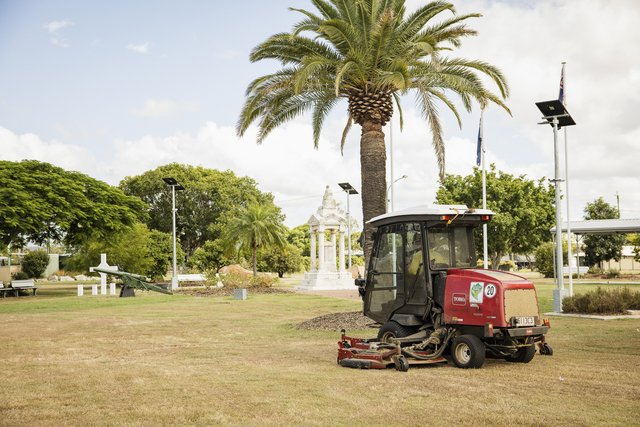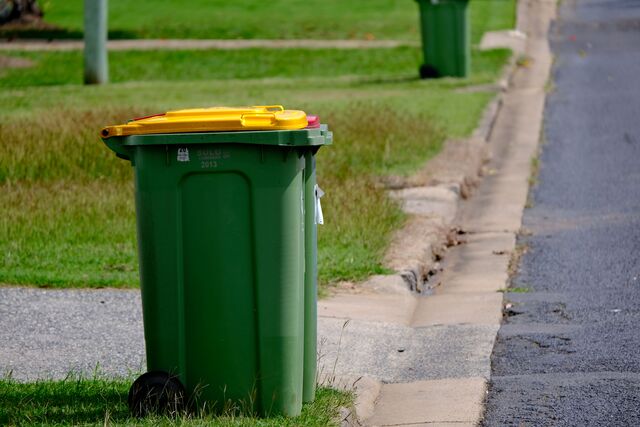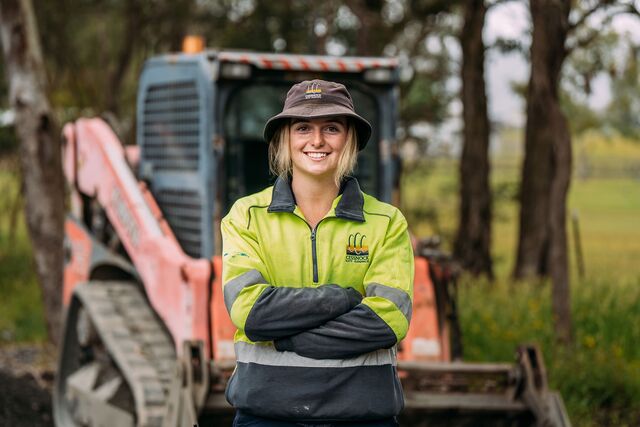The big question among Labor voters seems to be ‘what happened to the reform agenda?’ The promise of a bold new government was a hallmark of Albanese’s run to the last election.
Rusted-on Labor voters are coming to the conclusion that reform isn’t in the Albanese DNA, and that he and his Cabinet are intent on presenting the smallest target in the upcoming election, which is only six months away.
The Labor voters’ concern is largely based on the lack of efforts to address escalating costs of housing and energy. Depending on where you live, these costs can be astronomical and they’re leaving a psychological imprint that will be difficult to shift come election day.
Housing policy reform
In this case, the Albanese Government’s position is that it’s essentially a supply side problem, hence the Housing Australia Future Housing Bill to deliver 1.2 million homes over 5 years. This is welcomed, but it will be a slow process and do little to dampen the housing demand caused by the excesses of negative gearing and foreign demand for residential housing.
The Sydney and Melbourne property markets are still awash with foreign buyers looking for nest eggs – foreign investment in those two housing markets is estimated at $3 billion annually. Our counterparts in Canada and New Zealand have banned such investments. China, Vietnam, Indonesia, Turkey and large parts of Europe also have such bans. The particular problem in Australia was that the feds were so slow to rein in high immigration levels.
A reform government would have quickly scaled back negative gearing and banned foreign investment in residential housing. It would have had immediate effect, and the electorate would have sat up and noticed. A reform government might have also introduced incentives to relocate businesses from cities to regional areas. This would have (a) freed up urban land for housing, (b) created the jobs in regional communities to attract city dwellers, and (c) taken pressure off urban housing markets. Albo was the Minister for Regional Development in the Rudd and Gillard governments – he should understood these opportunities if they were pitched to him.
Energy policy reform
Energy policy crying out for reform.
The Institute for Energy Economics and Financial Analysis (IEEFA) warned in 2019 that Australia might need to import 90 per cent of its gas in three years time. The reason was the big lift in LNG exports by Queensland gas producers.
The IEEFA warning is now coming to fruition, and we now have the Port Kembla Energy Terminal about to import LNG from overseas as well as presumably Queensland and WA to supply the NSW and Victorian markets.
This scenario makes a mockery of our energy policy. The solution was surely a national mechanism similar to the Domgas policy in WA, where 15% of LNG is retained for the local market. But the feds took the namby-pamby route of an Australian Domestic Gas Security Mechanism (ADGSM) involving heads of agreement with LNG suppliers. The LNG exporters will ‘share the responsibility’ of addressing any LNG shortages in the domestic market, and the federal Minister will decide whether a shortfall market exists. The lawyers and lobbyists would have a ball. Next winter – with freezing pensioners and families under financial stress – could be crunch time for Minister Bowen.
A true reform government would release a statement:
Adoption of a 30 year energy planning horizon, with LNG as a part of that horizon.
A commitment to invoking the ADGSM if domestic LNG prices become unconscionably high.
Any new gas exploration fields to require a Domgas-type agreement.
A commitment to Australian households and businesses to have access to competitively-priced LNG.
Australia’s reputation as an investment destination would not be affected.
Australia has extensive export controls in the resources sector.
If the federal Cabinet was feeling particularly brave, it could also flag the establishment of a Parliamentary Enquiry into the adoption of a Sovereign Wealth Fund. This would please many voters, but bring a backlash from Big Business.
Road construction reform
The construction industry isn’t in-your-face like energy or housing. But it’s a key area for reform.
The background is that Federal Infrastructure Minister King recently announced that federal funding for projects of national significance would be reduced from 80% to 50% (basically construction projects of $250m upwards). NSW Premier Minns said the decision is bad for NSW and that too much federal funding is being diverted to WA. Victorian Premier Allen says she will continue to demand a fairer share. Queensland argued that the decision will cut $6 billion from crucial upgrades to the Bruce Highway.
Within the same hour, I came across news about more deaths on the Bruce Highway, together with stories about its terrible state. It’s a critical piece of infrastructure, linking scores of regional cities and towns between Brisbane and Cairns – trucks carrying produce from the Atherton Tablelands, grey nomads escaping the southern winter, locals travelling to the next town. The highway is 1,274km long. Some sections are quite good, but some are a national disgrace.
I then came across a news item about the upgrade of the Edmonton – Gordonvale section of the Bruce Highway, just south of Cairns. It was completed last year at the astonishing cost of $535 million – astonishing because it’s only 10.5km in length and it’s basically upgrading the existing highway to four lanes through a flat terrain.
How does such a scenario develop? Well the feds paid for $80 per cent of it and a cost-benefit analysis (CBA) was undertaken. In my experience – and this is hypothetical – the design brief and works program were probably prepared by engineers, the quotes from construction companies were on the high side due to COVID and labour and equipment shortages and dubious union practices, and the CBA was unnecessarily rosy. The winning tender was then OK’d by Queensland Transport and Main Roads, which then got the federal Department of Infrastructure to ok its much bigger share. The federal official would have limited understanding of the project, and trusted his/her Queensland counterpart. The result is a road which cost $51 million per kilometer.
The bottom line is that the federal Minister’s new 50-50 funding split will hopefully inject reform into road construction and project administration because the Queensland TMR will be paying more attention. It might also get more of the Bruce Highway upgraded. Sadly, this will take a long time – perhaps if the Queensland Government promises to reform its construction practices, the feds might up its share to 60 per cent.
Rod Brown is a Canberra-based lobbyist specialising in industry/regional development. Email apdcockatoo@iprimus.com.au








